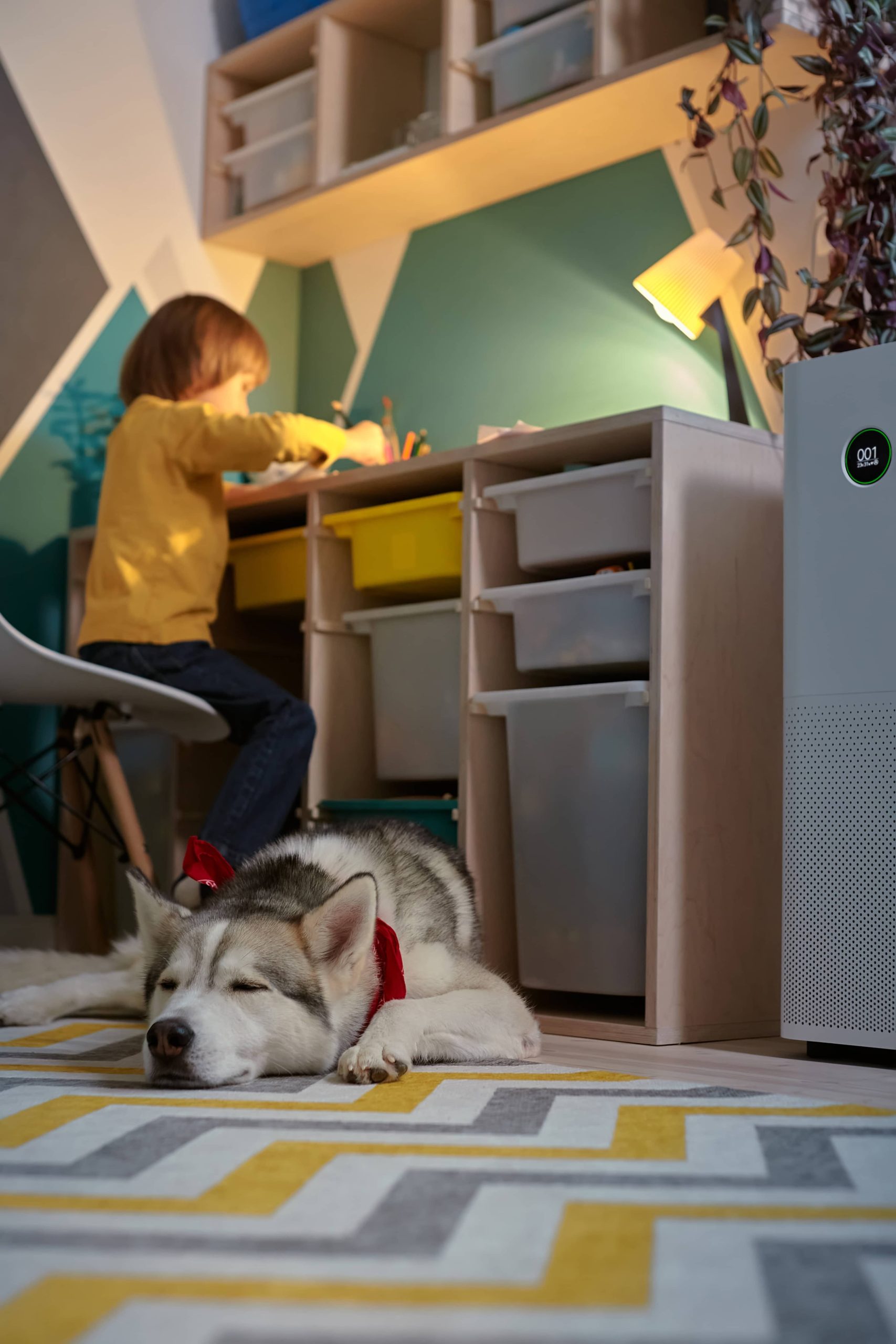
In today’s world, our homes are more than just a place to live; they are a sanctuary for both us and our beloved pets. As a home blogger focusing on “Pet Space,” I understand the importance of creating environments that cater to the needs of both humans and animals. Designing versatile spaces that accommodate both living areas and pet-friendly zones is not only practical but also enhances the quality of life for everyone in the household. In this blog post, we’ll explore how to design these spaces effectively, ensuring comfort, functionality, and style.
Understanding the Needs of Your Pets
Before diving into design ideas, it’s crucial to understand the specific needs of your pets. Different animals have different requirements. For instance, dogs need space to move around and play, while cats often prefer vertical spaces to climb and perch. Birds, on the other hand, require safe, enclosed areas where they can fly freely. Understanding these needs will guide you in creating a space that is both functional and enjoyable for your pets.
Integrating Pet Spaces into Living Areas
One of the key challenges in designing pet-friendly homes is integrating pet spaces into living areas without compromising on style. Here are some ideas to achieve this balance:
1. Multi-functional Furniture: Invest in furniture that serves dual purposes. For example, a coffee table with built-in pet beds or a sofa with hidden compartments for pet toys. This not only saves space but also keeps your living area tidy.
2. Pet-friendly Fabrics: Choose fabrics that are durable and easy to clean. Microfiber, leather, and outdoor fabrics are excellent choices as they resist stains and are easy to wipe down. This ensures that your furniture remains stylish and pet-friendly.
3. Designated Pet Zones: Create specific areas for your pets within the living space. This could be a cozy corner with a pet bed, a window perch for your cat, or a play area with toys. Having designated zones helps keep the rest of the living area organized.
Incorporating Pet Needs into Design
When designing versatile spaces, it’s essential to incorporate elements that cater to your pet’s natural behaviors and instincts:
1. Vertical Spaces for Cats: Cats love to climb and observe their surroundings from a height. Install shelves or cat trees that allow them to explore vertically. This not only satisfies their curiosity but also keeps them entertained.
2. Safe Play Areas for Dogs: Dogs need space to play and expend energy. Consider creating an indoor play area with durable flooring and toys. If you have a backyard, ensure it’s secure and has enough space for your dog to run around.
3. Enclosed Spaces for Small Animals: For small animals like rabbits or guinea pigs, create enclosed areas where they can roam safely. Use materials that are chew-proof and easy to clean.
Aesthetic Considerations
While functionality is crucial, aesthetics should not be overlooked. Here are some tips to maintain a stylish home while accommodating pets:
1. Color Coordination: Choose colors that complement your pet’s fur. This helps in minimizing the visibility of pet hair on furniture and floors.
2. Natural Materials: Incorporate natural materials like wood and stone, which are not only durable but also add warmth and texture to your home.
3. Art and Decor: Use pet-themed art and decor to tie the space together. This could be a painting of your pet or decorative items that reflect your love for animals.
Practical Tips for Maintenance
Maintaining a clean and organized home is essential, especially with pets around. Here are some practical tips:
1. Regular Cleaning: Establish a cleaning routine to keep pet hair and odors at bay. Use a vacuum cleaner with a pet hair attachment and wash pet bedding regularly.
2. Pet-friendly Plants: Incorporate plants that are safe for pets. Avoid toxic plants and opt for pet-friendly options like spider plants or bamboo.
3. Storage Solutions: Use baskets or bins to store pet toys and accessories. This keeps the living area clutter-free and makes it easy to find items when needed.
Conclusion
Designing versatile spaces for pets and living areas is all about finding the right balance between functionality and style. By understanding your pet’s needs and incorporating them into your home’s design, you can create a harmonious environment that caters to both humans and animals. Remember, a pet-friendly home doesn’t have to sacrifice aesthetics; with thoughtful planning and creativity, you can achieve a space that is both beautiful and accommodating for all members of the household.







